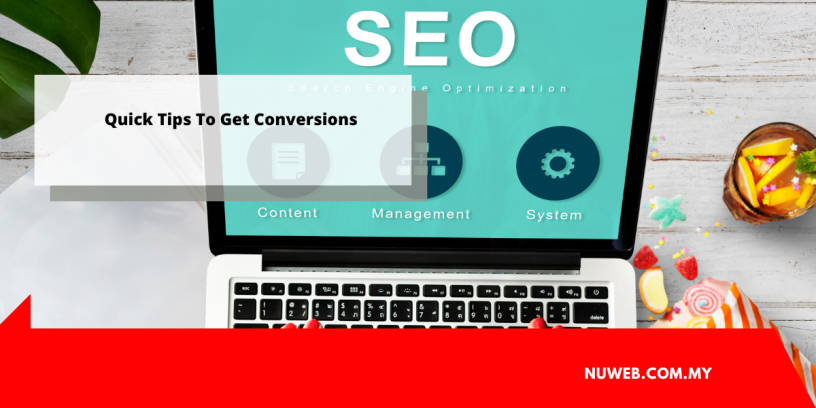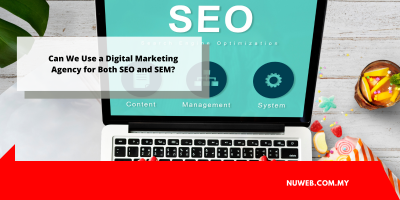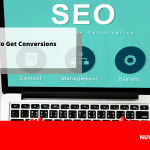To optimize your website for lead generation, you must do more than just add content and a “click here” button to your home page. Like any other digital marketing campaign, this requires a well-planned approach, from content to web design.

Here are some lead generation strategies that might help your business generate more leads:
1. Make your postings unique.
One of the most difficult components of lead generation is your target audience’s various social network activities. Some people prefer to view Facebook material, while others prefer to view LinkedIn updates. So, how can you create a strategy that will appeal to both audiences?
Unfortunately, there is no way out of this situation. Others may simply opt to provide the same content over numerous platforms. Nonetheless, for your lead generation strategy to be effective, your content must fit the tone of the website. If you adapt your post for each particular network, you will do better in satisfying the demands of your target audience and gaining more conversions to increase your marketing ROI.
2. Enable your autoresponders.
This is crucial if your content is relevant to your business. Auto responders are effective at gaining quality leads since they are entirely opt-in based – they are a tool for permission and email marketing. They also aid in the categorization of leads, allowing you to distinguish between qualified and unqualified leads. Auto responders are very important in lead generation strategies for e-courses, SaaS solutions, and B2B services.
You can use the auto responders listed below:
- Aweber: one-stop shop for managing subscribers, creating sign-up forms, and sending emails to your contacts.
- iContact: This programme allows you to import contacts from another list.
- InfusionSoft: This software connects your shopping cart to your email marketing, allowing you to send mail sequences to particular people or organize your contact list.
- GetResponse: This tool allows you to send time-based emails to a specific set of individuals.
3. Take advantage of any link-building opportunities that arise.
According to any lead generation professional, link building is still important for rankings. The issue here is obtaining the right sort of linkages. Chuck Price’s favorite approach of creating relevant connections is to create a resource center. This method not only helps you earn links, but it also helps you create the authority of your website.
4. Make the most of your call to action.
Your call to action is more than just a few pleasant sentences designed to convince your target audience to act. By optimizing your CTA, you can transform your website into a lead generation funnel.
To make the most of your CTAs, format your blog pieces as landing pages that correspond to the goals of your readers. After your readers have completed reading your blog, use the CTA button to guide them to the objective or action you want them to do. This might be as easy as getting them to join up for your email or participate in a poll. The aim is to create CTAs that are tied to a benefit – you’d be surprised how powerful this simple strategy can be for raising sales and conversions.
5. Incorporate Trust Seals and Testimonials.
However, be certain that they aren’t only for show. Testimonials may be powerful marketing tools if they are authentic. Think beyond the box and use rich media alternatives such as videos or audios to lure your audience instead of just textual testimonials. Collect testimonials from well-known industry partners to boost your reputation.
Selecting trust seals to feature on your website, on the other hand, should be done with caution. Choose those that are backed by a consumer guarantee to boost credibility. Honors, recognition, and certification can also be shown to show clients that they are working with a reputable organization.
6. Make a financial investment in your design.
In particular, on the user experience. Websites providing a pleasant user experience are scored higher in search results as algorithms evolve and get smarter. A research published in the Oxford Journal backs this up:
The goal of UX design in business is to promote customer pleasure and loyalty by enhancing the usefulness, ease of use, and enjoyment of engaging with a product.
A simple interface enhances your website’s functioning and can help convert visitors into subscribers. Consider the Pareto 80:20 rule: focus on the 20% of material that attracts 80% of the reader’s attention, and limit the rest to a bare minimum.
Lead generation demands an interdisciplinary approach. A successful conversion plan should not just rely on content or backlinks to appeal to your audience; it should also cater to other signals – visual (website design) and emotional (testimonials).
Remember that a successful strategy must be able to amuse, educate, and encourage visitors to become loyal customers.
For more information about malaysia seo, please visit https://www.nuweb.com.my/










